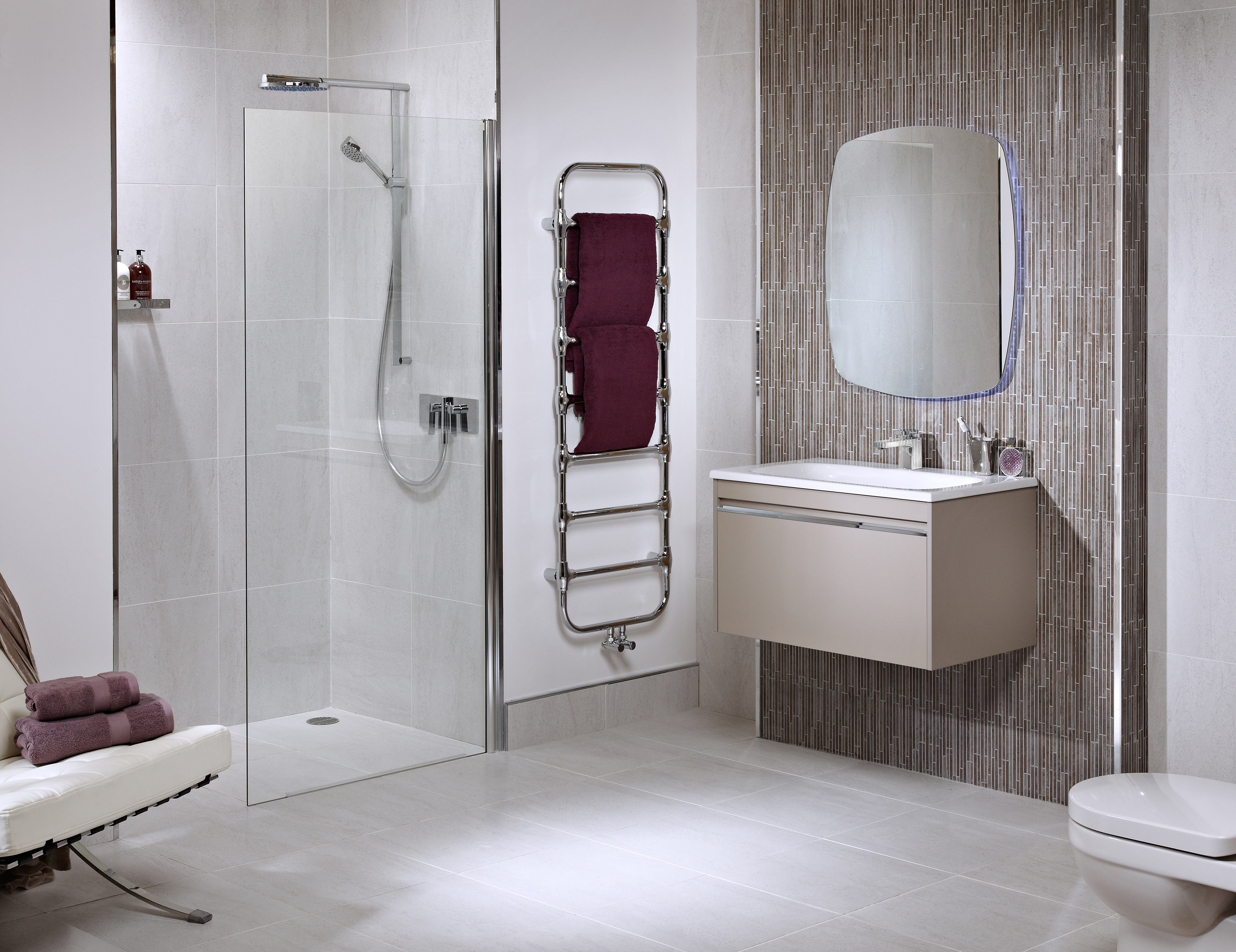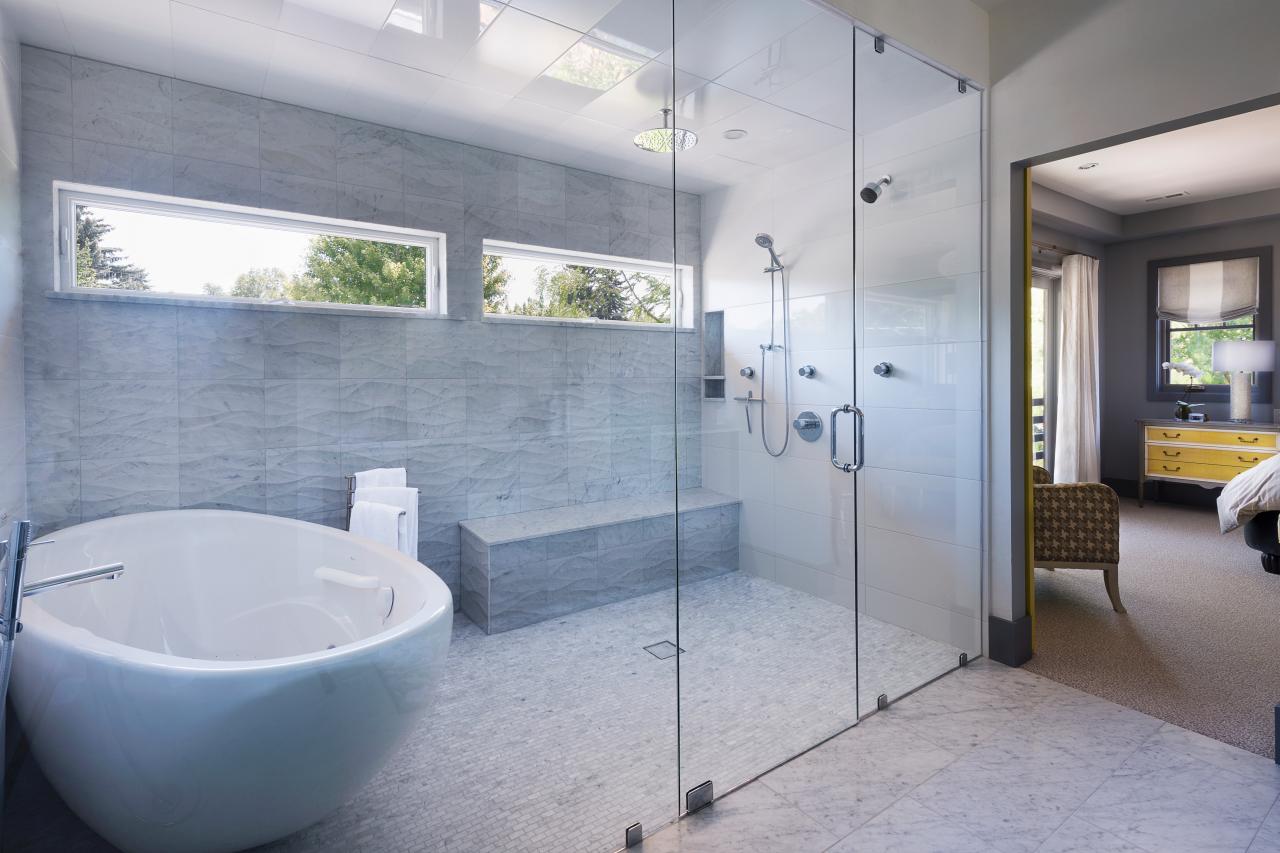Wet Room Bathroom Cabinets

Wet room bathrooms, known for their sleek, modern design and seamless flow, present unique challenges when incorporating cabinets. The constant exposure to moisture and humidity demands careful consideration of materials and design elements to ensure both functionality and longevity.
Material Considerations
The constant presence of water in a wet room environment necessitates the use of materials that are resistant to moisture and humidity. Materials that are impervious to water damage, such as waterproof plywood, are ideal for cabinet construction. Solid wood, while beautiful, is not recommended as it is susceptible to warping and rotting.
Finishes for Wet Room Cabinets
The choice of finish for wet room cabinets is crucial for both aesthetics and durability. Finishes should be waterproof and resistant to scratches and stains. Some popular options include:
- Epoxy paint: A durable, waterproof finish that is available in a wide range of colors.
- Lacquer: A high-gloss finish that is resistant to water and scratches.
- Ceramic tile: A classic choice for wet room cabinets, offering durability and a wide range of styles.
Maximizing Storage Space
Wet rooms often have limited space, so maximizing storage is key. Here are some design tips to consider:
- Vertical storage: Utilize vertical space by incorporating tall cabinets and shelves. This allows for more storage without taking up valuable floor space.
- Pull-out drawers: Maximize accessibility by incorporating pull-out drawers instead of traditional cabinet doors. This allows for easy access to items stored in the back of the cabinet.
- Corner cabinets: Utilize corner spaces by incorporating corner cabinets. These cabinets offer additional storage space without sacrificing valuable floor space.
Types of Wet Room Bathroom Cabinets

Choosing the right bathroom cabinets for your wet room is essential for both functionality and aesthetics. Wet rooms, with their open-plan design, require cabinets that can withstand moisture and humidity while complementing the overall design. Different cabinet types offer unique advantages and disadvantages, making it important to understand the options available before making a decision.
Types of Wet Room Bathroom Cabinets
There are three main types of cabinets suitable for wet rooms: wall-mounted, floor-standing, and recessed.
- Wall-mounted cabinets are a popular choice for wet rooms, as they offer a sleek and modern look while maximizing floor space. These cabinets are typically made from waterproof materials like stainless steel, glass, or sealed wood, and they are installed directly onto the wall using brackets.
- Floor-standing cabinets provide a more traditional look and offer additional storage space. They are often made from materials like stainless steel or moisture-resistant wood, and they can be easily moved around the room if needed.
- Recessed cabinets are built into the wall, offering a seamless and space-saving solution. They are ideal for maximizing storage space in smaller wet rooms. Recessed cabinets are typically made from waterproof materials like stainless steel or sealed wood, and they are installed during the construction phase.
Advantages and Disadvantages of Each Cabinet Type, Wet room bathroom cabinets
Each type of wet room cabinet comes with its own set of advantages and disadvantages:
Wall-Mounted Cabinets
- Advantages:
- Sleek and modern design
- Maximizes floor space
- Easy to clean
- Disadvantages:
- Limited storage space compared to floor-standing or recessed cabinets
- May require specialized installation
Floor-Standing Cabinets
- Advantages:
- Provides additional storage space
- Easy to move around the room
- Traditional look
- Disadvantages:
- Can take up valuable floor space
- May not be as aesthetically pleasing as wall-mounted or recessed cabinets
Recessed Cabinets
- Advantages:
- Seamless and space-saving solution
- Maximizes storage space
- Provides a clean and modern look
- Disadvantages:
- Requires specialized installation during construction
- Can be more expensive than other cabinet types
Comparison of Cabinet Styles
Here is a table comparing the key features and materials of different wet room cabinet styles:
| Cabinet Type | Materials | Key Features | Advantages | Disadvantages |
|---|---|---|---|---|
| Wall-mounted | Stainless steel, glass, sealed wood | Sleek and modern design, maximizes floor space, easy to clean | Modern look, space-saving | Limited storage space, specialized installation |
| Floor-standing | Stainless steel, moisture-resistant wood | Provides additional storage space, easy to move around the room, traditional look | Additional storage, easy movement | Takes up floor space, may not be as aesthetically pleasing |
| Recessed | Stainless steel, sealed wood | Seamless and space-saving solution, maximizes storage space, provides a clean and modern look | Space-saving, maximizes storage, clean look | Specialized installation, expensive |
Waterproof and Moisture-Resistant Materials
Using waterproof and moisture-resistant materials is crucial for ensuring the longevity of your wet room cabinets. Common materials include:
- Stainless steel: Stainless steel is a durable and corrosion-resistant material that is ideal for wet room cabinets. It is also easy to clean and maintain, making it a practical choice for high-moisture environments.
- Glass: Glass is another excellent choice for wet room cabinets, as it is waterproof, hygienic, and easy to clean. Tempered glass is particularly durable and can withstand the rigors of a wet room environment.
- Sealed wood: While wood is naturally susceptible to moisture damage, sealed wood can be a suitable option for wet room cabinets. The sealing process creates a protective barrier that prevents water from penetrating the wood, ensuring its durability.
Wet Room Bathroom Cabinet Installation

Installing wet room bathroom cabinets requires careful planning and execution to ensure a secure and watertight installation. This guide provides a step-by-step approach to installing these cabinets, emphasizing safety precautions and proper techniques.
Preparing for Installation
Prior to installation, ensure you have all necessary tools and materials, including a level, drill, screwdriver, measuring tape, pencil, safety glasses, and a dust mask. The cabinet manufacturer’s instructions should provide specific details regarding the required tools and materials.
Step-by-Step Installation Guide
- Prepare the Wall: The wall surface must be clean, dry, and free of any debris or loose material. If the wall is uneven, apply a leveling compound to create a smooth surface.
- Mark the Location: Use a level and a pencil to mark the desired location for the cabinet on the wall. Consider the height and placement for optimal functionality and accessibility.
- Install the Cabinet Frame: For wall-mounted cabinets, attach the cabinet frame to the wall using appropriate screws and anchors. Use a drill with a pilot bit to create pilot holes before inserting the screws to prevent cracking. Ensure the cabinet is level and securely attached to the wall.
- Install the Cabinet Doors and Drawers: Install the cabinet doors and drawers according to the manufacturer’s instructions. Ensure that the hinges and drawer slides are properly aligned and functioning smoothly.
- Seal and Waterproof: Apply a waterproof sealant around the cabinet frame, doors, and any gaps or seams to prevent water penetration. Use a high-quality silicone sealant that is specifically designed for wet environments.
- Test for Leaks: After installation, test for leaks by running water in the shower or tub. Check for any water seepage around the cabinet frame, doors, and seams. If any leaks are detected, apply additional sealant to the affected areas.
Safety Precautions
- Wear Safety Glasses and Gloves: Always wear safety glasses and gloves to protect your eyes and hands from debris and chemicals.
- Use a Level: Ensure the cabinet is level to prevent unevenness and potential water damage.
- Secure the Cabinet: Use appropriate screws and anchors to secure the cabinet to the wall to prevent it from falling.
- Test for Leaks: Always test for leaks after installation to ensure the cabinet is properly sealed and waterproof.
Securing Installation in a Wet Environment
- Waterproof Sealants and Adhesives: Using waterproof sealants and adhesives is crucial for preventing water damage in a wet environment. These materials create a barrier that prevents water from penetrating the cabinet and damaging the surrounding area.
- Proper Ventilation: Adequate ventilation is essential for preventing moisture buildup and mold growth in a wet room. Ensure the bathroom has proper ventilation to prevent humidity from accumulating.
- Regular Maintenance: Regularly inspect the cabinet for any signs of damage or leaks. Apply additional sealant as needed to maintain a watertight seal.
Wet room bathroom cabinets offer a sleek and modern aesthetic, but maximizing their storage potential can be a challenge. To truly optimize space within these cabinets, consider utilizing bathroom cabinet shelf inserts. These inserts create additional tiers for organizing toiletries, towels, and other essentials, ensuring everything has its place and your wet room bathroom remains both stylish and functional.
Wet room bathroom cabinets offer a sleek and modern look, but finding the right storage solution can be tricky. You might be wondering if you can utilize kitchen cabinets for your bathroom vanity, and it’s a valid question! To explore this further, you can check out this helpful article on using kitchen cabinets for bathroom vanities.
Whether you choose specialized wet room cabinets or repurpose existing kitchen units, the key is to select materials that are moisture-resistant and durable for a long-lasting bathroom setup.
